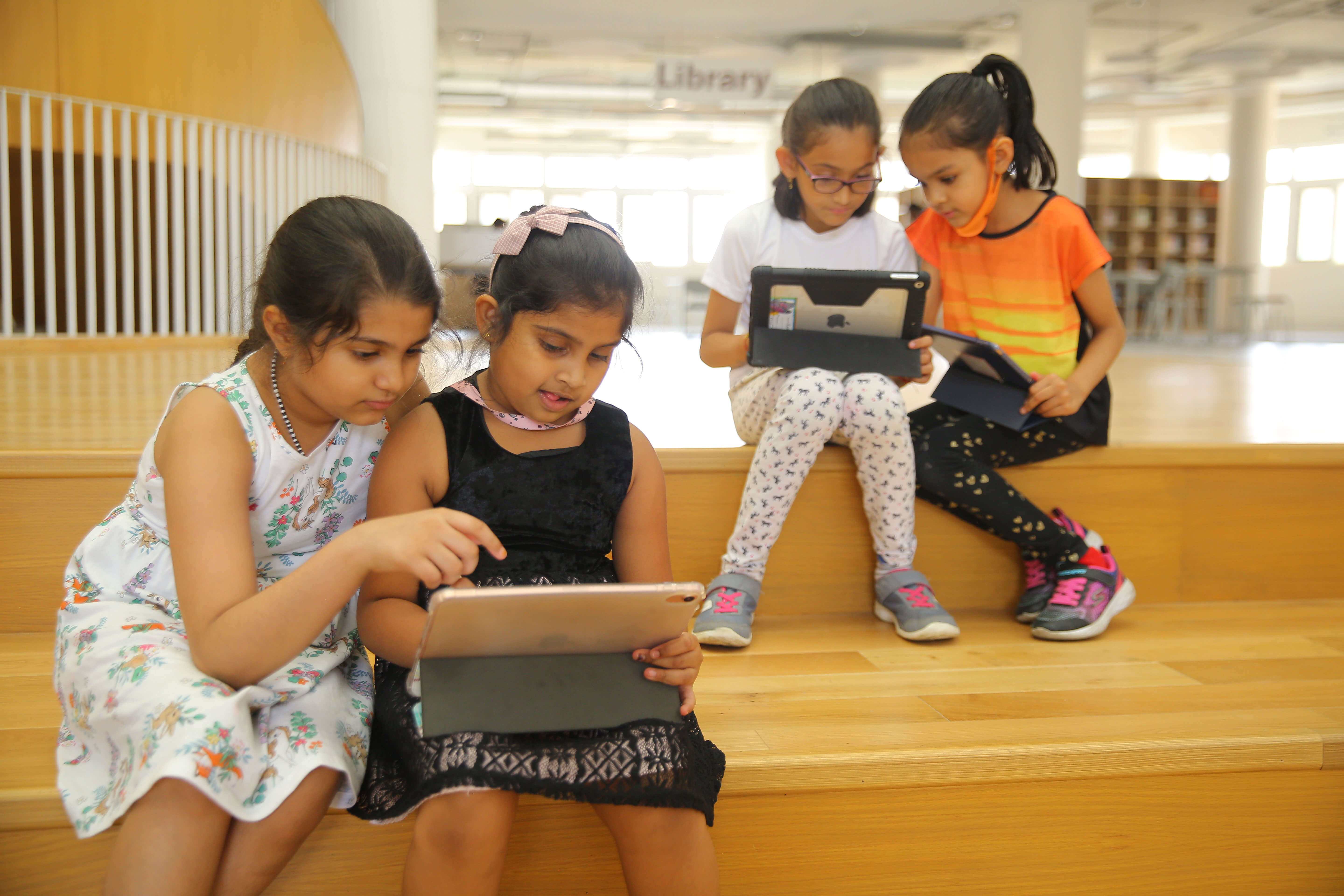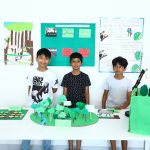Our Pedagogy
At Chaman Bhartiya School, academic activities are designed keeping in mind that learners come with varied ability levels, interests and learner profiles. Our holistic curriculum is designed to start teaching and learning activities based on where the learners stand in their academic readiness. Personalization of learning happens through the implementation of multi-modal methods like PBL and collaborative learning in everyday classrooms. These methods ensure that we cater to learners of varied abilities and interests equitably in the classroom.
Project-Based Learning (PBL) at Chaman Bhartiya School is an essential pedagogical tool to engage students in deep learning by designing learning activities based on real word problems. PBL is a teaching method in which complex real-world problems are used as the vehicle to promote student learning of concepts and principles as opposed to direct presentation of facts and concepts. In addition to course content, PBL can promote the development of critical thinking skills, problem-solving abilities, and communication skills. It also provides opportunities for working in groups, finding and evaluating research materials, and life-long learning.
Significant benefits of PBL processes at Chaman Bhartiya School :
- Self-learning: PBL is self-directed and encourages learners to take responsibility and initiative for their learning . As children use creativity and research, they develop skills that will help them in their adulthood.
- Engaging: PBL process encourages students to take part in learning activities, use learning resources, stay active, think outside the box and apply critical thinking skills to solve problems.
- Teamwork: The educational practice of PBL builds interpersonal skills, listening and communication skills and improves the skills of collaboration and compromise.
- Intrinsic Rewards: In most PBL projects, the reward is much bigger than good grades. Students gain the pride and satisfaction of finding an innovative solution or creating a tangible product.
- Transferable Skills: The acquisition of knowledge through PBL strategies don’t just help learners in one class or a single subject area. Students can apply these skills to a plethora of subject matter and in real life.
Multiple Learning Opportunities: A PBL model asks learners to come up with well-constructed responses. Students can use multiple sources, brainstorm and come with potential solutions and learning outcomes.

Self-Directed Learning (SDL)
The SDL is based on the leadership principle of developing learner autonomy and empowering them with skills to take responsibility for their own learning though planning and tracking achievement of academic goals periodically. It addresses the following leadership pillars.
Learn to Live: Managing your own work and study with discipline and creating routines for the same.
Learn to live together: Seek help when facing difficulties during studies and studying with peers for better retention of concepts.
Learn to Learn: Take responsibility for their own learning and put in due effort to excel in academics.
- Grades 3 to 8 has SDL time slotted in the timetable once a week.
- The duration of SDL ranges from 40 mins (in lower grades) to an hour or more in middle and high school grades
- The learners create a plan on a day decided by their respective home room facilitators with goals/tasks to be met.
- The learners get their plans and work done records/trackers signed off by their respective subject teachers.
- The coordinators come up with an implementation plan using this structure – for instance, an OPTION WHEEL of tasks to be carried out or putting up an SDL display board.
- During SDL, the learners may choose to carry out one or more of the following tasks:
- Completing unfinished class/homework
- Practicing skills in Math or literacy through worksheets, quizzes, and the like given by facilitators for self-generated or sourced
- Practicing timed tests in IB or ICSE formats
- Complete self/peer assessments
- Read and research for their project work in one of the design thinking spaces
- Prepare for upcoming lessons







